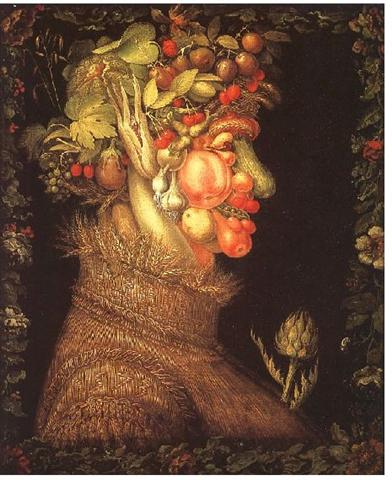 |
 |
 |
 |
|
Aa1-9 |
Aa1-10 |
Aa1-11 |
Aa1-12 |
In Aa1-9--10 the
ihe tau signs are integrated to be the uplifted
'arms' in front.
Aa1-1--12 can
therefore be read as 3 quartets of glyphs. Mind will then
easily construct also the following glyphs into quartets.
With a hammer in hand everything becomes nails.
The first
quartet, once we have begun to see these 4 glyphs as a
quartet, will have a moon crescent as its common
denominator:
The body of the
'little bird' in Aa1-1 is formed like a waning moon crescent
and in Aa1-3--4 the ragi signs also have moon crescents in
the background.
At the summary
of ihe tau I have stated:
'The glyph type
ihe tau appears at the close of calendars, or at the
end of main sections of calendars.' Consequently we can
guess that
ihe tau
in Aa1-12 marks the end of a year with 12 months.
I have therefore
added 12 more glyphs in the table above to extend the perspective, and Aa1-24
possibly indicates where the first part of the 20 glyph long
'daytime calendar' is ending. In the excursion at toa
the structure of the daytime calendar has been unveiled, and the
'rising morning sun' in Aa1-16 does not belong at the
beginning of the calendar. It must instead be the last glyph
of the preceding 'sentence'. I.e., it will probably be the
4th member of a quartet which is beginning with niu
in Aa1-13.


















